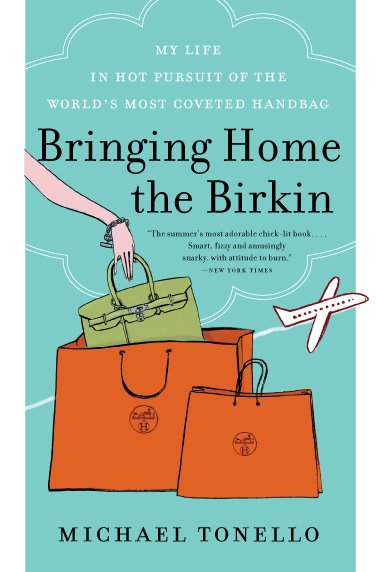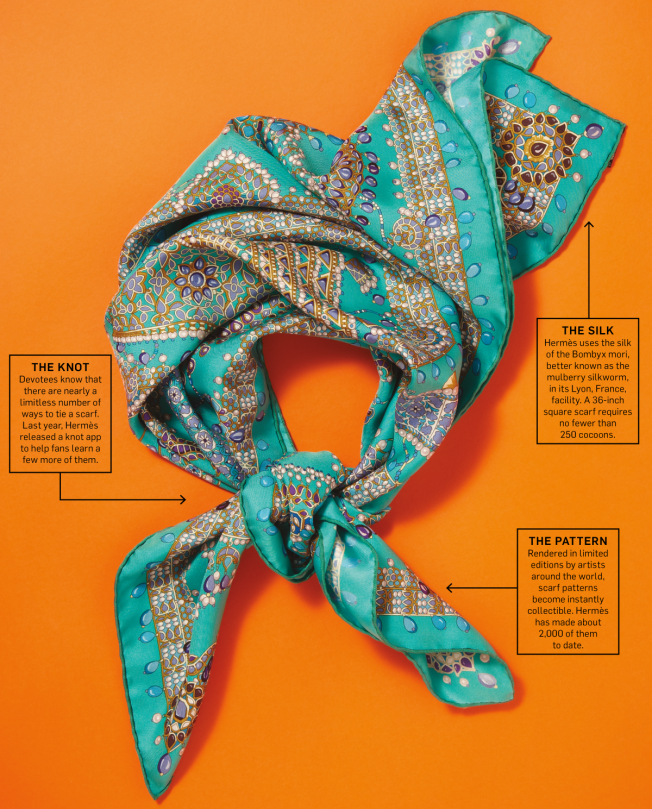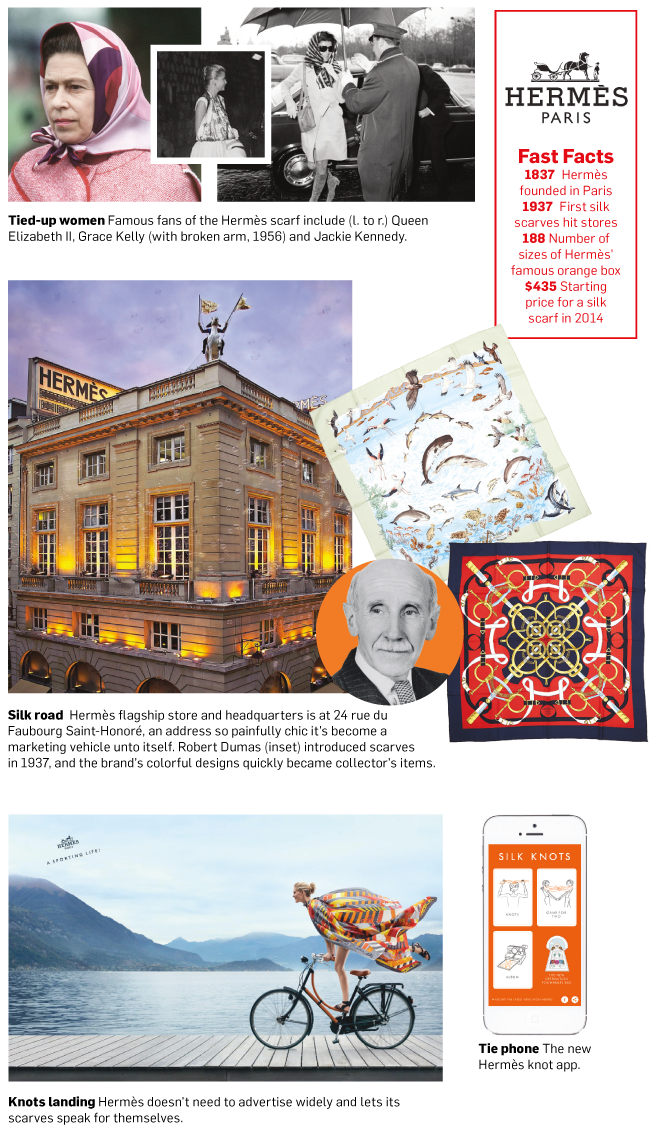Counterfeit products may cost the global economy up to $250 billion a
year, according to estimates from the Organization for Economic
Co-operation and Development (OECD). Millions of those shipments enter
the United States.
While government agencies do their best to
crack down on counterfeit goods, they only manage to catch a fraction of
the fake products that enter the United States. Still, the U.S. Customs
and Border Protection (CBP) values that seized fraction at staggering
amounts. The value of counterfeit goods seized rose by 38.1% in 2013,
from $1.2 billion in 2012 to $1.7 billion last year.
Based on the
manufacturer's suggested retail price (MSRP) of the genuine versions of
the counterfeit goods, some of the most valuable imitations were of
handbags and wallets, watches and jewelry, and consumer electronics.
24/7 Wall St. reviewed the nine most counterfeit items seized in 2013,
based on their retail value.
The value and number of seizures
changes considerably from year to year, depending on what items were
being counterfeited, as well as law enforcement activity. Therese
Randazzo, director of CBP policy and programs on intellectual property
rights, explained that, in some cases, increases in seizures are the
result of such activity. In other cases, such as footwear, decreases in
seizures can also reflect the success of prior campaigns by CBP and
other agencies, she added.
In some cases, changes in the number
and value of goods seized did not move in tandem. For instance, while
the number of watches and jewelry seized remained roughly the same
between 2012 and 2013, the value of those seizures rose by 169%.
According to Randazzo, fluctuations will occur with luxury goods like
handbags, watches and other types of jewelry in particular, because
there is such a large range of values with these products.
Luxury
items tend to be the most counterfeited products because they are more
valuable, according to Randazzo. And with better counterfeiting methods,
there is a greater challenge of detection as well as potential for even
higher profits, she explained. Consumers can no longer take for granted
obvious signs of imitation such as poor stitching or bad zippers. "Now,
the quality [of fake products] has improved so dramatically that
[criminals] have been able to charge at prices closer to the price of
the genuine article."
China's role as manufacturer for a broad
range of authentic products, as well as its intellectual property rights
framework, may contribute to the country's high levels of
counterfeiting. About $1.2 billion of the $1.7 billion worth of
imitations picked up by U.S. law enforcement agencies originated in
mainland China. More than $400 million worth of seized goods came from
Hong Kong, which CBP classified separately.
The process and
methods of detecting these counterfeiting operations is constantly
evolving. The increased number of seizures in 2013, according to
Randazzo, can be explained in part by new collaborative efforts between
CBP and various partners, including China Customs, the customs agency
for the People's Republic of China. The success of such operations has
resulted in a measurable increase in the number and value of seizures
and the ability to target and intercept shipments of knock-off products,
she added.
Based on information provided by the CBP,
24/7 Wall St.
reviewed the nine most counterfeited items seized by officials based on
the MSRP of the genuine article. We looked at the number of shipments
of each product type confiscated in both 2013 and 2012. We also reviewed
CBP data by country to identify the value of counterfeit goods produced
in specific countries.
These are the 9 most counterfeited products in America.
9. Optical Media
> MSRP of seized goods: $26.8 million
> Pct. of total seized goods: 2%
The
number of shipments of counterfeit optical media products, such as
games, DVDs and CDs, the CBP seized fell to 1,409 last year from 2,892
in 2012. The value of the seized counterfeit optical media products fell
by 30% from $38.4 million in 2012 to $26.8 million in 2013. According
to IPR's Randazzo, the drop in seizures may be partly attributable to
the Internet, as "the piracy has moved to websites and moved to
downloads." Last year, in an effort to fight online piracy, Internet
service providers banded together to introduce the Copyright Alert
System, designed to fight copyright infringement by warning users
against illegal file sharing and downloading.
8. Labels/Tags
> MSRP of seized goods: $41.8 million
> Pct. of total seized goods: 2%
The
number of counterfeit labels — trademarked logos and hang tags that are
not attached to products — seized in 2013 was effectively unchanged
from 2012. The value of these seizures, however, increased more
dramatically than of all but two other products. Last year, the market
value of counterfeit labels seized rose by 59% to $41.8 million. Because
consumers recognize many products and brands according to their labels
and tags, the fake labels help deceive buyers and make imitations look
more authentic. Counterfeiters often smuggle the fake labels and the
fake products into the United States separately, Randazzo told 24/7 Wall
St. That way, "if the counterfeiters lose the shipment of labels and
tags, it's not that big of a loss because they still have the shipment
of handbags [or other goods]."
7. Computers/Accessories
> MSRP of seized goods: $47.7 million
> Pct. of total seized goods: 3%
Slightly
more than 1,000 shipments of computers and accessories were seized in
2013. The counterfeit computer seizures accounted for 4% of all
counterfeit seizures and for 3% of the total value of all counterfeit
goods seized. Last year, the total value of such goods seized was more
than $13 million, or 37.5%, higher than the year before. This is despite
the fact that genuine PC shipments have declined worldwide during that
time. Randazzo explained that accessories can include a large range of
products, including "integrated circuits, semiconductors, networking
hardware, [and] printer cartridges." The Semiconductor Industry
Association released a report in August, noting that counterfeit
semiconductors can cause dangerous malfunctions in medical equipment and
even in household appliances.
6. Footwear
> MSRP of seized goods: $54.9 million
> Pct. of total seized goods: 3%
CBP
agents reported 1,683 seizures of contraband footwear in 2013, 214 less
seizures than in the year before. The value of these seizures dropped
by nearly 47% in 2013, from $103.4 million in 2012. This was one of the
largest percentage declines among products reviewed. "Footwear used to
always be the number one commodity," Randazzo said. "And I think we've
seized so many container loads of counterfeit shoes that we've actually
maybe started to have an effect." This is likely something of a relief
to shoe companies, especially Nike, whose shoes are widely believed to
be among the most counterfeited footwear brands.
5. Pharmaceuticals/Personal Care
> MSRP of seized goods: $79.6 million
> Pct. of total seized goods: 5%
CBP
agents seized nearly $80 million worth of counterfeit pharmaceuticals
and personal care products last year. This was 4% lower from the nearly
$83 million of such shipments seized in 2012, and down 44% from $142
million in 2011. Total seizures of such products fell in 2013 to 2,215
from 2,350 the year before. The decrease in seizures can be the result
of increased international efforts to crack down on the sale of fake
prescription drugs. Randazzo noted that the CBP and other groups have
aggressively pursued counterfeit drug operations and shut down websites
selling drugs online "because of the threat to consumer health and
safety." More than $18 million worth of fake pharmaceuticals and
personal care goods originated in India, accounting for 88% of illicit
goods seized from the country last year. An additional $43.7 million of
such goods came from China.
4. Wearing Apparel/Accessories
> MSRP of seized goods: $116.2 million
> Percentage of total seized goods: 7%
Last
year, the United States seized almost 10,000 shipments of counterfeit
apparel and accessories, by far the most of any commodity and up 26.8%
from the year before. In all, more than $116 million worth of such items
were seized. Like with other goods, exactly what type of product is
being counterfeited matters, Randazzo noted, with haute couture
knockoffs assigned a higher MSRP than blue jeans, for example. Last
year, the CBP, in conjunction with other federal and local agencies,
conducted "Operation Red Zone," which seized $17.3 million worth of fake
sporting apparel — jerseys and ball caps — and other collectibles
coinciding with the 2013 Super Bowl.
3. Consumer Electronics/Parts
> MSRP of seized goods: $145.9 million
> Percentage of total seized goods: 8%
The
dollar amount of counterfeit consumer electronics products seized rose
by 40% in 2013, to $145.9 million from $104.4 million in 2012. Further,
consumer electronics comprised 8% of the total value of items seized
last year, making it the third most frequently seized fake product. The
number of seizures of counterfeit electronic products grew in
conjunction with their total value. There were 5,656 such seizures in
2013, a 44% increase from the 3,928 seizures in 2012. According to a
report by the CBP, one particularly big seizure in 2013 was by a joint
CBP and China Customs operation. The two-month long operation resulted
in 1,735 electronics shipments being seized, removing more than 243,000
counterfeit consumer electronic products from the market.
2. Watches/Jewelry
> MSRP of seized goods: $502.8 million
> Percentage of total seized goods: 29%
The
value of seized imitation watches and jewelry grew by 168.9% between
2012 and 2013, considerably more than that of any other commodity. In
total, the value of watches seized was more than half a billion dollars
in 2013. Last year, there were 1,729 seizures, 21% less than there were
in 2012. Randazzo noted that the different trends in value and seizures
may be a product "of what's targeted and seized in a given year." For
example, fake versions of high-end watches, which retail for thousands
of dollars, can boost the values of counterfeits seized. The Federation
of Swiss Watch Industry estimated that some 120,000 imitation watches
were seized worldwide in 2013.
1. Handbags/Wallets
> MSRP of seized goods: $700.2 million
> Percentage of total seized goods: 40%
Handbags
and wallets were again the most seized counterfeited product, by MSRP,
in 2013. The roughly 2,200 shipments seized had a total MSRP of more
than $700 million, accounting for 40% of the total value of all goods
seized. Because these products are valued so highly, a drop in total
handbag and wallet seizures between 2012 and 2013 did not correspond
with a drop in the market value of the items seized. In fact, while
seizures fell by 17% in that time, the value of goods seized rose 37%,
or by nearly $189 million. Randazzo explained that the retail value of
the genuine goods can increase the value of the seized counterfeits
considerably. While a fake Coach bag is often valued in the hundreds of
dollars, "if we seize a counterfeit Hermes bag, the value …of some of
those bags is thousands of dollars." Most such counterfeits originate in
mainland China, which alone accounted for more than half a billion
dollars in fake purses last year, according to the CBP.
http://www.usatoday.com/story/money/business/2014/03/29/24-7-wall-st-counterfeited-products/7023233/







